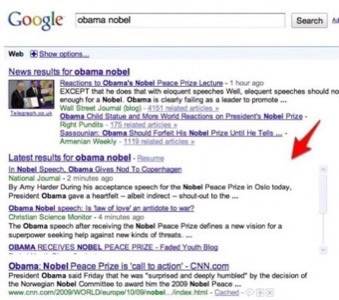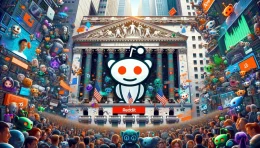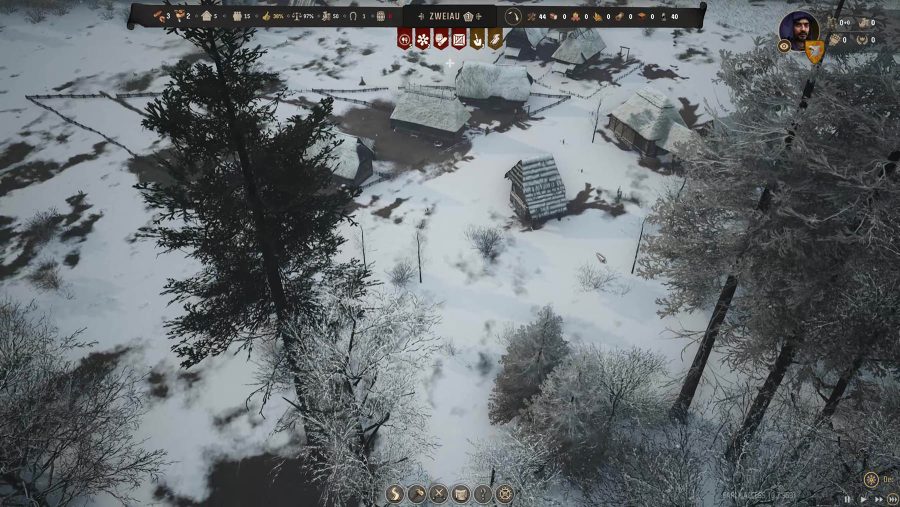Google turned on real-time search on its main site this morning with little fanfare, after a huge announcement and demo earlier this week. Go to google.com and search for a news query (Obama Nobel will work) or for something like “marshallk on twitter” and you’ll see a live streaming section of the page displaying messages from Twitter, newly updated web pages and other real-time information.

Yahoo! announced its integration of Twitter alone in its search results today, but it’s buried in obscure parts of the site and isn’t based on access to the full Twitter fire hose. Google’s implementation is much better than what Yahoo! or Bing are doing and is going to introduce millions of people to the concept of real-time search for the first time.

As we wrote on Monday: The new type of results are well-integrated, unobtrusive, diverse in contents and formatted simply. It appears to be a job very well done.
The new Google Real-Time Search includes far more than just Twitter results. In addition to newly updated web pages it will also include updates from users of MySpace, Facebook, open-source Twitter alternative Identi.ca and more.
As we wrote in our recent research report on the real-time web and its future, Google was already quite strong on real-time search with the addition of Google News results and timely Google Suggest items to the search experience.
Google has been working on real-time search for years. In the spring of 2006, the story goes, Google launched Google Finance onto the Web and was promptly dismayed to find that the service didn’t appear in a Google search for its own name later that day. It was after that, and a few other similar experiences, that Google engineers created an algorithm called QDF, or Query Deserves Freshness. QDF determines when results for a query need to be augmented with the newest content available, in addition to the content with the highest PageRank.
The inclusion of this type of real-time search result into the Google results page could be of comparable significance to the addition of news, videos and images via the OneBox program in 2006.
Thanks to Bob Ngu on Twitter for the heads up that this was live.






















